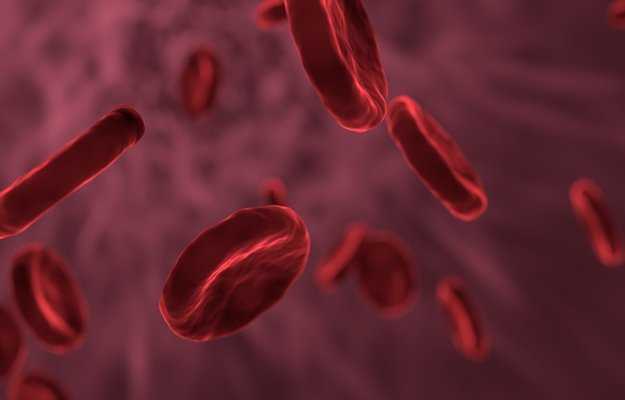What is porphyria?
Porphyria is Greek in origin ; the word porphura means purple. It is a set of medical conditions which is characterised by an increased amount of substance called porphyrins. It is an extremely rare disease affecting 5 in 100,000 people worldwide. The abnormality affects nerves and the skin. The symptoms can be managed, however, a cure for the disease is not yet found.
What are its main signs and symptoms?
The disease has both neuro-psychological and muscular manifestations. At first, in about 90 % of cases, the patients complain of abdominal pain that lasts hours to days and may be associated with nausea/vomiting. There are no objective clinical findings for abdominal pain, yet the patient reports of severe abdominal pain.
Muscle weakness and some degree of paralysis may occur in arms and legs, especially in women of reproductive age. Pain may be noted as well. In some patients, neurological effects may cause porphyria–associated seizures. Luckily, the occurrence of this is low. However, a majority of patients present with psychiatric symptoms. They range from elevated anxiety to symptoms that mimic schizophrenia.
What are the main causes?
The blood carrying pigment, haemoglobin has the iron-containing heme. Porphyrins help in the formation of heme. In some cases, the enzymes that transform the porphyrin into heme are insufficient, in quantity or action. This leads to an increased porphyrin level in the bloodstream. With the exception of congenital erythropoietic porphyria (CEP), an autosomal recessive genetic disease, all porphyrias are autosomal dominant disorders i.e., genes from a single parent are enough to manifest the condition in the child.
How is it diagnosed and treated?
The diagnosis is made with respect to established criterions. Urine tests are done to detect porphobilinogen levels. Serum porphyrin levels can be measured in the blood to note elevated levels.
Once the diagnosis is established, the treatment begins by weeding out any medicines that the patient might be consuming which might be exacerbating the disease. Fluid replacement, respiratory assistance, pain control, and glucose intravenously must be administered. Monitoring and patient education about the condition is necessary. Complete cure is not yet possible, but symptomatic management can allow a near-normal life for the patient.
















